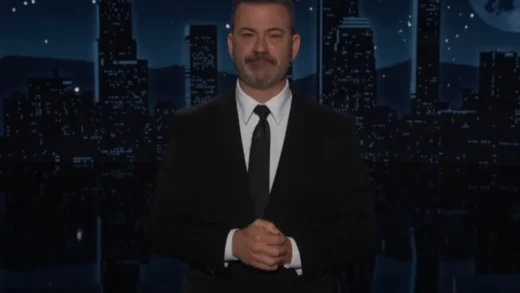On Tuesday night, the comedian Patton Oswalt was in Chicago at an event to promote “I’ll Be Gone in the Dark,” a chilling true crime book about the Golden State Killer, who committed a string of unsolved rapes and murders in California in the 1970s and ’80s.
Mr. Oswalt told the crowd that he believed the killer would be caught soon, that his time was running out.
In fact, just hours before, Joseph James DeAngelo, 72, had been arrested in California on a warrant stemming from two of the murders. On Wednesday, the authorities identified him as the Golden State Killer, citing DNA evidence connecting him to the crimes.
For Mr. Oswalt, the news of Mr. DeAngelo’s arrest feels deeply personal. His late wife, the writer Michelle McNamara, had spent the final years of her life chasing the Golden State Killer, hoping to identify him in her book, “I’ll Be Gone in the Dark.” But Ms. McNamara died before she could see the killer brought to justice, or her book published.
Exhausted and anxious after spending years immersing herself in details about the unsolved murders, she died in her sleep in April 2016, at 46. An autopsy found that she had an undiagnosed heart condition and had taken a mix of prescription drugs, including Adderall, the pain narcotic fentanyl and the anti-anxiety medication Xanax.
Now that a suspect in the killings has been identified, Mr. Oswalt said he felt a strange mix of elation and impending sadness that Ms. McNamara wasn’t alive to witness it.
“There’s exhilaration, and I don’t feel it now, but I can sense that tomorrow or the next day there’s going to be a huge drop in serotonin and happiness when I realize she really isn’t here,” Mr. Oswalt said in an interview. “There were insights and angles that she could keep bringing to this case.”
“I’ll Be Gone in the Dark,” which was published in February, helped reignite public interest in the decades-old cold case. It has sold around 150,000 copies and was optioned by HBO, which is adapting it into a documentary series.
At a news conference held by law enforcement agencies to announce the arrest, an official said that the book “kept interest and tips coming in” and kept the case in the public eye, but noted that information from the book hadn’t led directly to Mr. DeAngelo’s arrest.
When Ms. McNamara died, the book was half finished. Mr. Oswalt was determined to see the project through. He hired Billy Jensen, an investigative journalist, and Paul Haynes, who worked with Ms. McNamara on the book as a researcher, to piece together the story, using her handwritten notes and the roughly 3,500 files on her computer.
The resulting book is a chilling and vivid narrative of a serial killer’s crimes, and a revealing account of Ms. McNamara’s obsession with the case and the psychological toll it took on her. It ends with a letter from Ms. McNamara to the killer, in which she predicts his eventual capture: “This is how it ends for you.”
(Excerpt) Read more in: The New York Times




